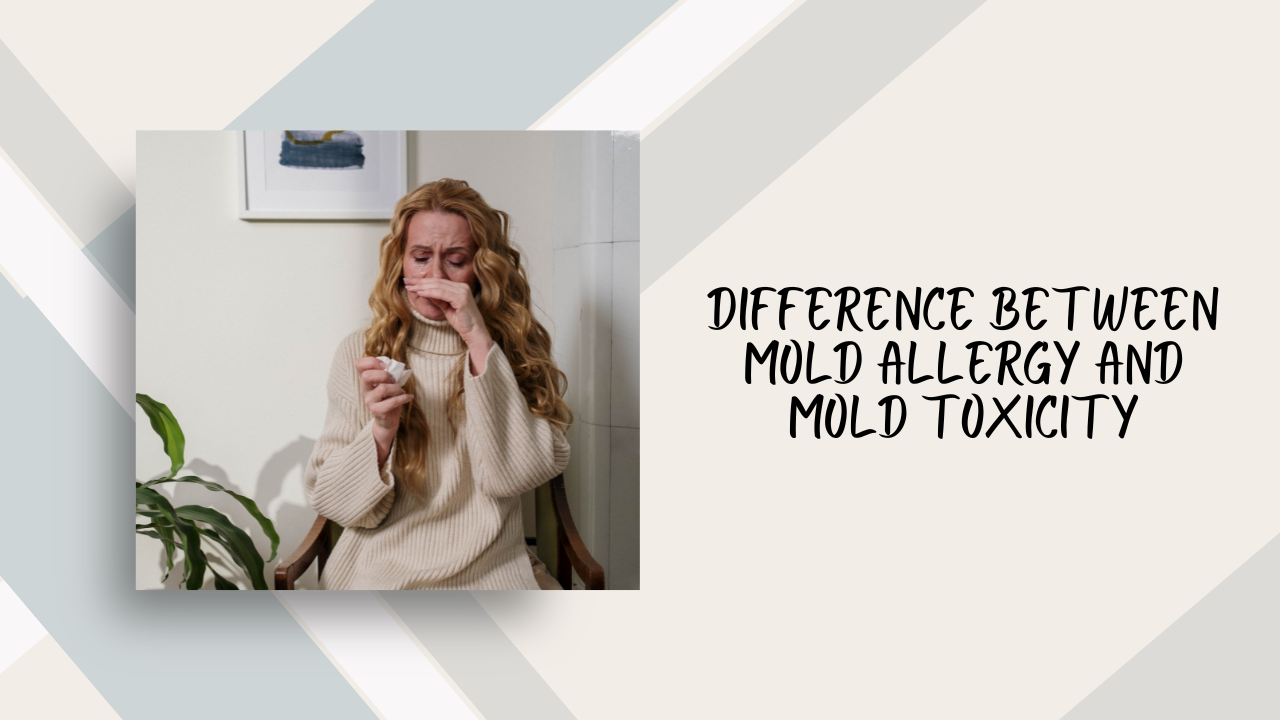The difference between mold allergy & mold toxicity
Apr 18, 2023
Mold issues are becoming more and more prevalent in my chronically unwell patients, or maybe it's that I'm becoming more and more aware of them and now know to look out for them.
However, I'm noticing that some people are not clear on the difference between mold allergy and mold toxicity, so I thought I would try to shed some light.
When we have an allergy to something, it means that our immune system is reacting to it and mounting an immune response. In an allergy it is typically an IgE antibody response. It does not necessarily mean that the toxins from mold, called mycotoxins, have built up in the body.
Allergy responses are typically related to the respiratory system - sneezing, nasal congestion, post-nasal drip, coughing, wheezing etc - but can also manifest in other systems such as headaches and skin rashes.
Allergists might test for mold allergies via blood tests or skin scratch tests, again, looking for the IgE immune response.
In mold toxicity aka mytoxin illness or mold toxin illness, the actual toxins released from various molds build up in the body and can cause havoc in every body system, including the nervous system, digestive system and cardiovascular system. Symptoms of mold toxicity are endless and overlap with the symptoms of chronic Lyme (also an endless list), which makes deciphering between the two tricky at times.
People with mold toxicity tend to be hindered in their ability to detoxify mold toxins. Hence one person can live in a moldy house and be fine as they're detoxing the toxins well, and another can be sick as a dog because they simply cannot get the same toxins out. Sadly, more than one marriage has ended based on this discrepancy and lack of understanding of how mold can impact each individual differently.
To test for mycotoxin illness, we do a urine test to measure the actual mold toxins. One mold species can give rise to several toxins. For example, ochratoxin A, aflatoxin and gliotoxin come from the mold species aspergillus; while sterigmatocystin and mycophenolic acid come from the penicillium species of mold.
One can be mold toxic and not allergic to mold; or allergic to mold and not mold toxic. And of course, one can be both. Or preferably, neither.
Mold toxicity is a really serious health problem. The trickiest part is determining the source of exposure and making sure that current environments are not constantly providing a source of ongoing toxicity. This is often the home, but could also be work environments, school, college dorms etc.
Then the task is to detoxify those mold toxins by opening up detox pathways, using binders to pull toxins out of the body, and eradicating colonies of mold spores in the sinuses and digestive tract.
There's much more I can share about that, but I'll save that for another day. For now, I hope that understanding the difference between allergy and toxicity helps you to understand the role that mold might be playing in your health.

